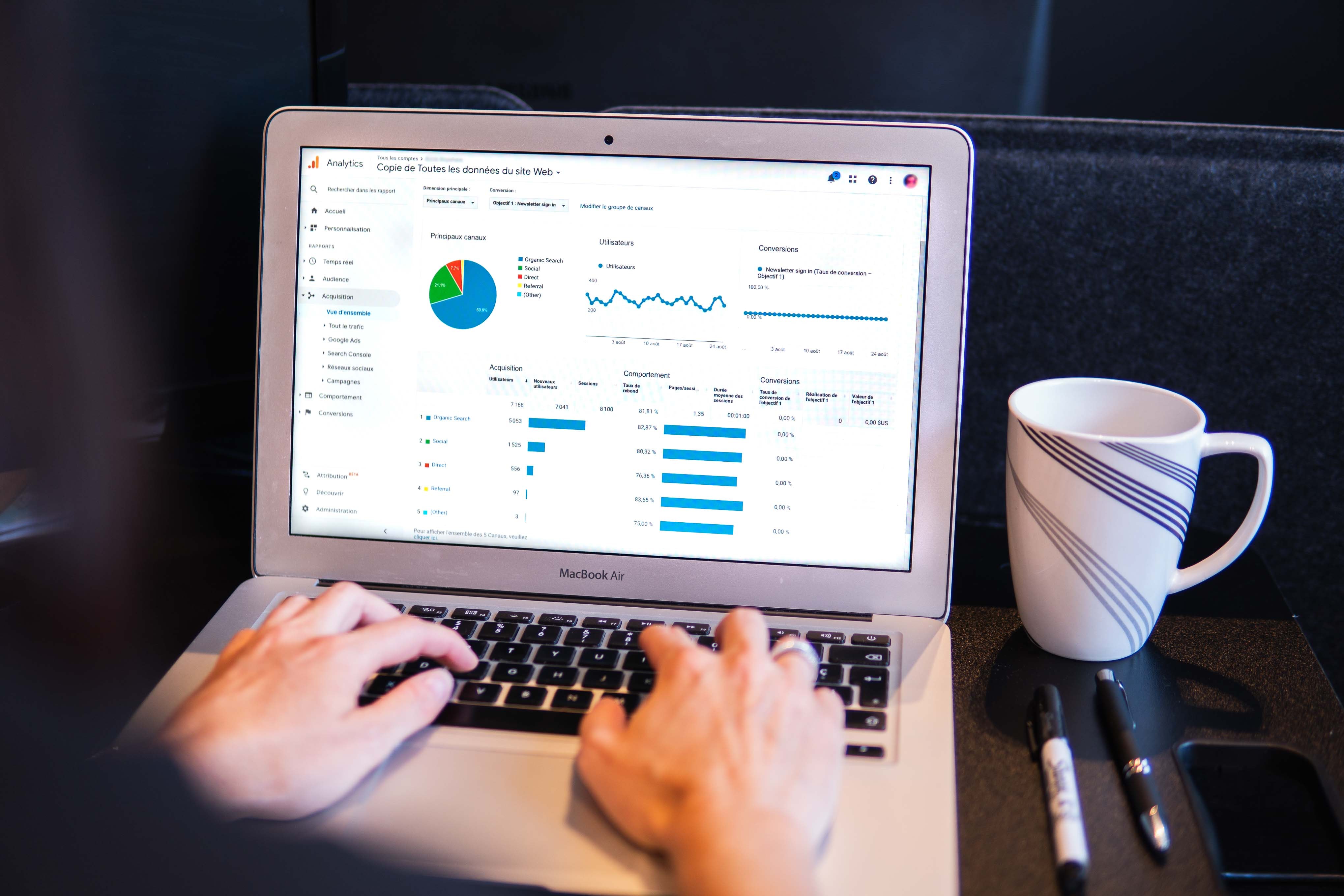
Consumer Demographics has become one of the world's most significant assets because of the fast-developing technological ventures worldwide. In the present times – the Fourth Industrial Revolution, i.e., client information is considered the new fuel, giving organizations the colossal monetary capacity to produce and control it. In addition, essential data provides an advantage concerning progress in a cutthroat battle of enterprises.
In that capacity, a growing consumer database turns out to be a significant need for organizations. As progressive, cutting-edge innovation increases, the need to create and dissect client information increases, forcing organizations to contextualize data and adapt data.
This is the reason big companies gather, store and cycle client information.
Consistent access with cell phones, wearables, client information is being gathered close to the clock. Computers can distinguish your voice through a receiver, perceive your face through a camera, store biometrics through a wearable gadget, tell your locations, and can record your monetary exchanges.
What's more, with this information, computers can make progressively detailed profiles of a business' clients, anticipate how they think, what their inclinations are, and, in particular of all, where they will go through their cash.
Read Related Post: Top Ways to Maintain and Grow an Email Subscription List
In this blog, we are investigating some portions of how these enormous organizations gather consumer data. We will also slip some strategies they use to catch information, manage it, and how little to average-sized associations can utilize similar procedures to work on their organizations.
There are essentially five different ways that companies collect data about their customers. By asking them directly for it, indirectly tracking them, and by acquiring it from other companies. Let us see them in detail one by one:
Most firms will ask clients straightforwardly for information sooner or later using a tool called Pop-up or Opt-in forms. When somebody buys into assistance, registers with a site, or purchases something on the web, interestingly, a form appears typically asking for details. Using this form, the organization will request a name and email address as a base.
However, other segments and, at times, firmographic information can likewise be gathered. Afterward, client reviews might be led, again asking individuals direct inquiries, which companies will regularly utilize for client profiling.
Read Related Post: How Do Quality List Providers Build Email Lists?
Huge organizations can pull in client information from plenty of online sources such as social media platforms. But the most prominent reference is their sites. The vast majority of individuals voluntarily fill in personal information to make a successful purchase from sites. This information empowers organizations to follow guests' accounts – even as they leave the organization's web page and browse their other pages around the web using computerized signals that our devices leave behind.
These are called cookies. Big brands know where clients have been, what they've taken a gander at, and where they've wrapped up their searches.
All this can be done using the organization's cookies. In return, companies retarget clients with promotional emails, offers, discounts, vouchers frequently and stay alive in the minds of their consumers.
Organizations likewise dig deeper into their client care and deal records, taking a gander at exchange accounts and how clients have associated with deals and backing offices (frequently utilizing opinion examination devices).
Social media, as well, is one more indispensable source of information, primarily if clients use it. For example, say, they use their Facebook record to sign into an outsider application. Be that as it may, besides this, any information a client freely shares via web-based media is open to anybody on the web.
Email following is another technique. With this, organizations don't simply discover that a beneficiary has opened an email, but where it was opened and on what gadget. More than 40% of messages sent throughout the planet are followed, as indicated by WIRED. Essentially, applications implanted with outsider "trackers" are likewise a wellspring of client information. However, a portion of this information is dissected to all the more likely to see how applications are utilized; quite a bit of it is likewise used for designated publicizing, conducting an investigation, and following. More than three of every four Android applications contain somewhere around one outsider tracker, according to Exodus Privacy and Yale Privacy Lab research.
Organizations are likewise buying (and selling, so far as that is concerned) client information from (and to) outsiders. There are enormous information organizations, like Amerilist, that exist for the sole reason for gathering, dissecting, and selling client and business information for designated promoting efforts.
These are authenticated brands that sell legal client information through email lists. These lists are beneficial because they let the brands directly connect with their prospective consumers through these customized lists. You can even select how many people you want to connect to.
The Majority Of The Ways Discussed Above Are Utilized By Organizations Of All Intents And Purposes Any Size To Gather Client Information. However, The Assortment Is Only The Beginning – Indeed, In Many Respects, It's The Simple Bit. The Real Test Comes In Dissecting Everything And Transforming Those Investigations Into Significant Bits Of Knowledge.
Accordingly, Having A Client Information-Gathering Plan Can Assist You With Settling On Information-Driven Decisions That Will Be Helpful For Your Organization. To Do This, You Should Segregate Your Objectives (What Is The Issue You Need Your Client Information To Address?), Your Functional Methodology (Who Will Gather The Data, For What Reason Is It Being Collected, And With What Devices?), And How You Will Approve And Break Down The Experiences Accumulated.